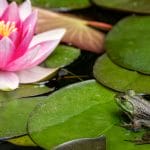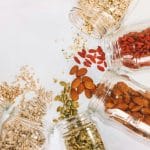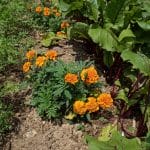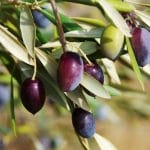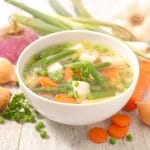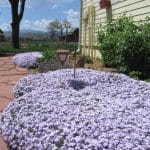Growing Peppers Made Simple: How to Grow, Use, and Enjoy Peppers from Around the World
Fruit Guides Vegetables
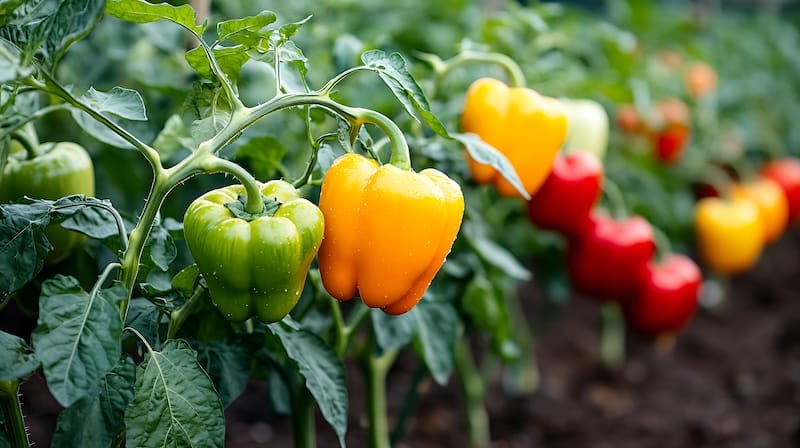
If you’ve ever stood in front of the pepper section at the market feeling like you need a tour guide, you’re not alone. Bell peppers, jalapeños, poblanos, ghost peppers — they all look tempting, but they also whisper “Handle with care.” And what will they taste like in my recipes – hot, smoky, fruity?
Growing Peppers is one of the most versatile crops you can try. They show up in American chili pots, Mexican salsas, Indian curries, and even Russian pickling jars. The good news? Growing peppers isn’t complicated once you know the basics. Let’s break it all down — from popular pepper varieties and their heat levels to how to plant them side by side in the garden without trouble.
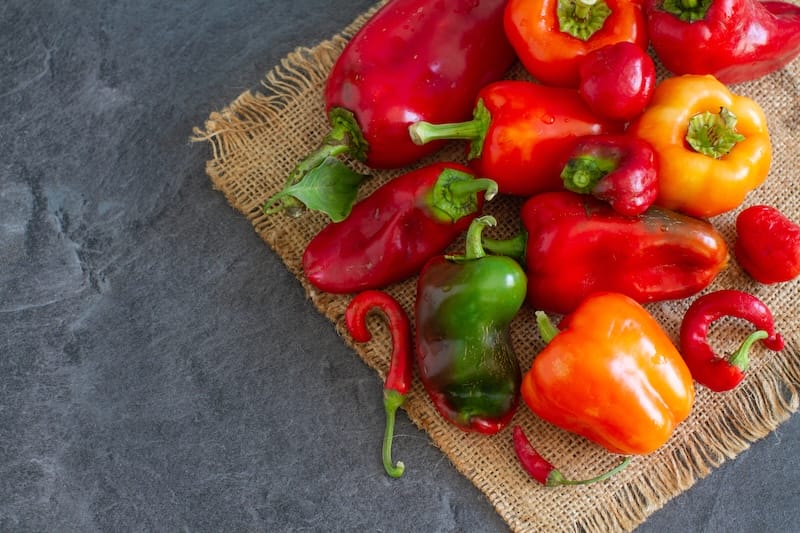
Growing Peppers for Different Cuisines
One of the joys of peppers is their global reach. Originally from the Americas, they spread through trade and exploration until nearly every cuisine found a way to make them their own:
- American cuisine: Chili, stuffed bell peppers, Cajun blends, and jalapeños on nachos.
- Mexican cuisine: Poblanos in chile rellenos, serranos in salsas, and smoky chipotles in sauces.
- Asian cuisine: Thai bird’s eye chiles bring fire to curries; Sichuan dishes use dried chilies for that numbing heat.
- Indian cuisine: Fresh green chilies and red powders are kitchen staples, used in everything from curries to pickles.
- Russian cuisine: Sweet bell peppers are pickled, stuffed, and added to stews.
- English cuisine: Historically mild on peppers, but modern English cooking leans on them through global influence (think curry powders and bell peppers).
- German cuisine: Sweet peppers and paprika star in stews, sausages, and goulash.
- Who doesn’t use peppers much? Historically, some northern European cuisines (Scandinavian, Finnish) stuck to horseradish, mustard, and dill — but even they’re warming up to peppers in modern kitchens.
10 Popular Peppers and Their Heat Levels
Here’s your quick guide to popular peppers, their spice factor, and whether they bring smoky notes:
- Bell Pepper – Zero heat. Sweet, crunchy, colorful.
- Jalapeño – Mild, grassy. Smoky when dried into chipotle.
- Serrano – Hotter than jalapeño, bright and fresh.
- Poblano – Mild, earthy. Smoky when dried (ancho chile).
- Anaheim – Mild, slightly sweet. Great for stuffing.
- Cayenne – Medium heat. Classic dried pepper for powders.
- Habanero – Very hot, fruity-citrusy kick.
- Thai Bird’s Eye – Small but fiery. Sharp, clean heat.
- Ghost Pepper (Bhut Jolokia) – Super hot, smoky-sweet undertones.
- Shishito – Usually mild, but one in ten packs a surprise punch.
Peppers in Sauces Around the World
One of the sneaky little secrets about peppers is how they pull double duty. Fresh, they brighten up salsas and curries — but once dried, they often get a whole new name and a whole new personality. That’s why you’ll find peppers at the heart of so many sauces across the globe.
In Mexico, a fresh poblano is used in chile rellenos, but once dried, it becomes an ancho chile, the earthy base of moles and adobo sauces. A jalapeño is crisp and grassy when fresh, but smoke it and dry it, and suddenly it’s a chipotle — smoky and rich, the backbone of countless sauces.
India leans heavily on both ends of the pepper spectrum: fresh green chilies ground into chutneys, and dried red peppers powdered into masalas and curry pastes. Over in Thailand, fiery little bird’s eye chilies bring the punch to nam prik and curry pastes — no dried version there, just pure, fresh fire.
In Italy, sweet and hot peppers are simmered down into a spicy sauce known as arrabbiata for a sharp kick with pasta. Hungary and Germany transform dried paprika peppers into powders that thicken and flavor goulash and gravies. Even in Eastern Europe, you’ll find roasted red peppers blended into ajvar, a smoky, spreadable sauce that lives somewhere between a dip and a condiment.
Don’t Let The Pepper Name Confuse You – From Fresh Pepper to Dried in a Chart
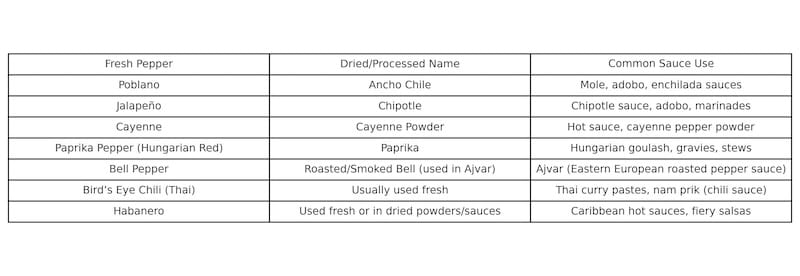
Can You Grow Peppers Together?
Here’s the gardener’s puzzle: hot peppers and sweet peppers side by side — yes or no?
Yes, you can grow them together in the same bed. Peppers don’t mind being neighbors. The only time it matters is if you plan to save seeds. Peppers cross-pollinate easily, which means your sweet bell pepper might pick up some heat from the jalapeños down the row in next year’s crop.
If you’re not saving seeds, go ahead and mix them all together. If you do want pure seed lines, plant them in separate garden boxes or quadrants and give each variety some breathing room.
Quick Pepper Growing Tips
- Full Sun: 6–8 hours minimum. Peppers love to sun bathe and love warm weather.
- Soil: Rich, well-drained, and kept evenly moist.
- Spacing: About 18–24 inches apart.
- Harvest Window: Most peppers are ready to pick in 60–90 days; super-hots, such as ghost peppers, require 100 days or more.
FAQ
Q: Do peppers need lots of water?
A: They like steady moisture but hate soggy roots. Mulch helps keep the soil even.
Q: Can I grow peppers in containers?
A: Absolutely. Just make sure the pots are at least 3–5 gallons and get full sun.
Q: Which peppers are best for beginners?
A: Start with bell peppers, jalapeños, or poblanos — they’re forgiving and productive.
Share this post
All categories
More From The Garden
Disclosure: This post may contain affiliate links. That means if you click and buy, The Bright Garden may earn a small commission, at no extra cost to you. We only recommend products we’ve vetted and believe will benefit our readers.


